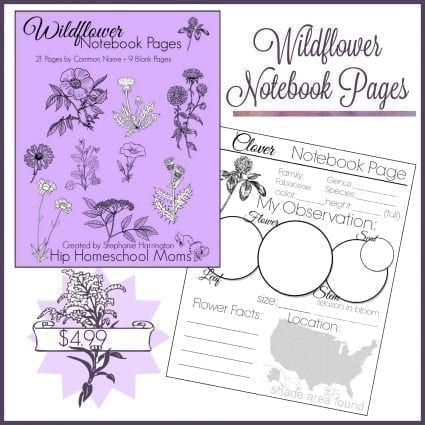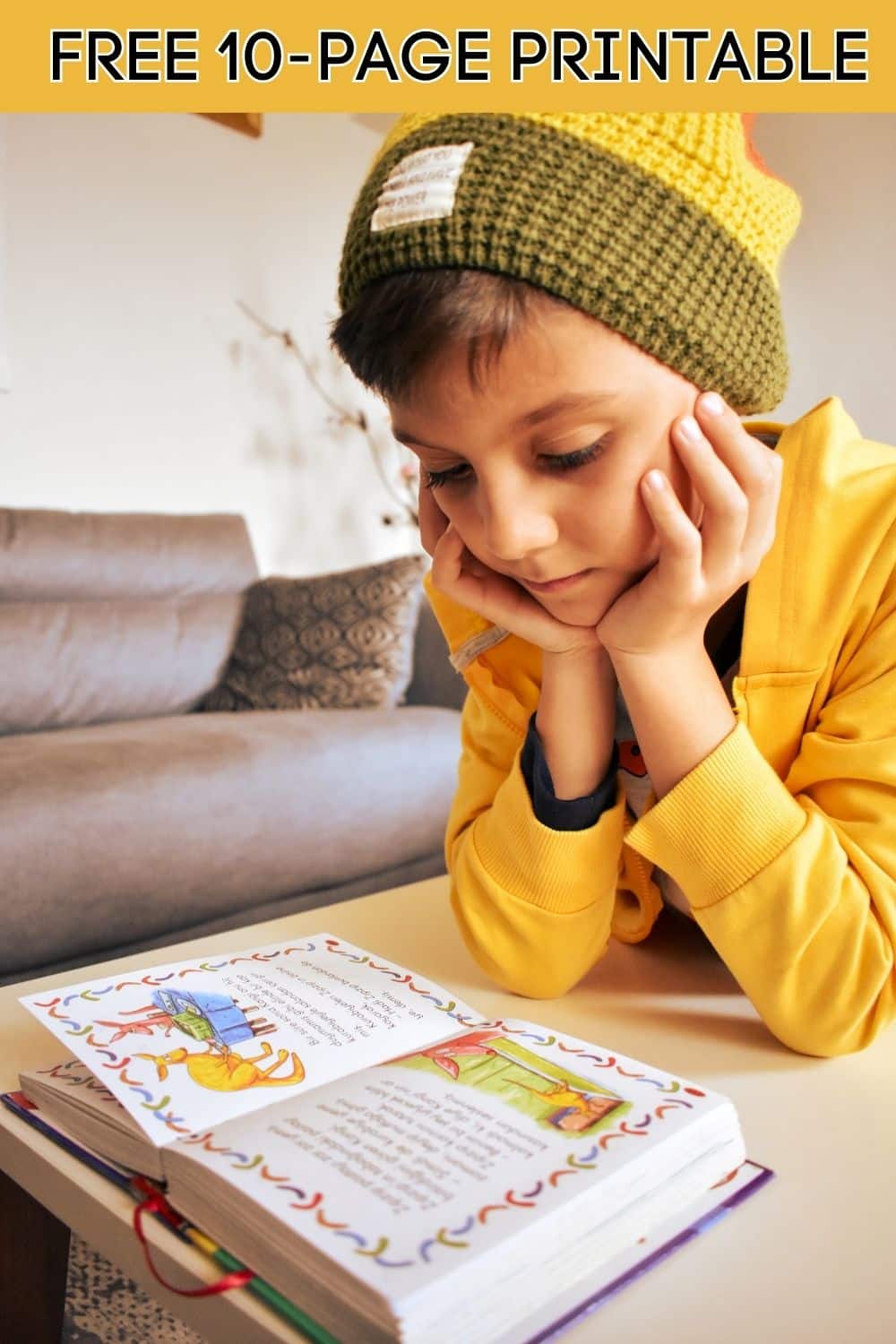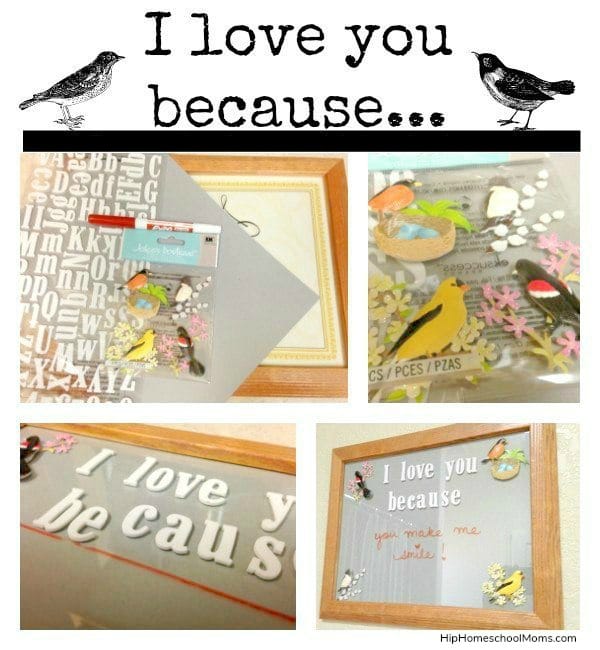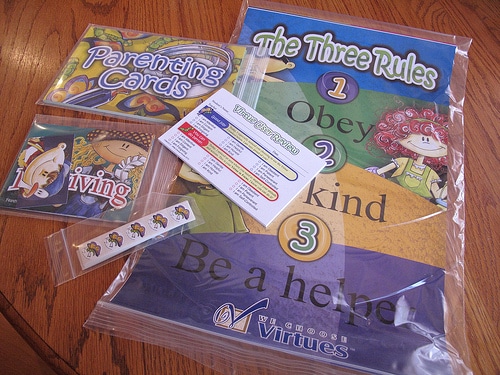Wildflower Unit Study
Summer brings hot and often dry conditions. One thing I learned from my time in Kansas was that even during times of harsh hot and dry conditions, there was still beautiful color around me- in the wildflowers. The strength, resilience, and resourcefulness of these flowers inspires me. They are so beautiful with only the simplicity of the dry Kansas prairie to sustain them. So naturally, we found a little time for a wildflower unit study.
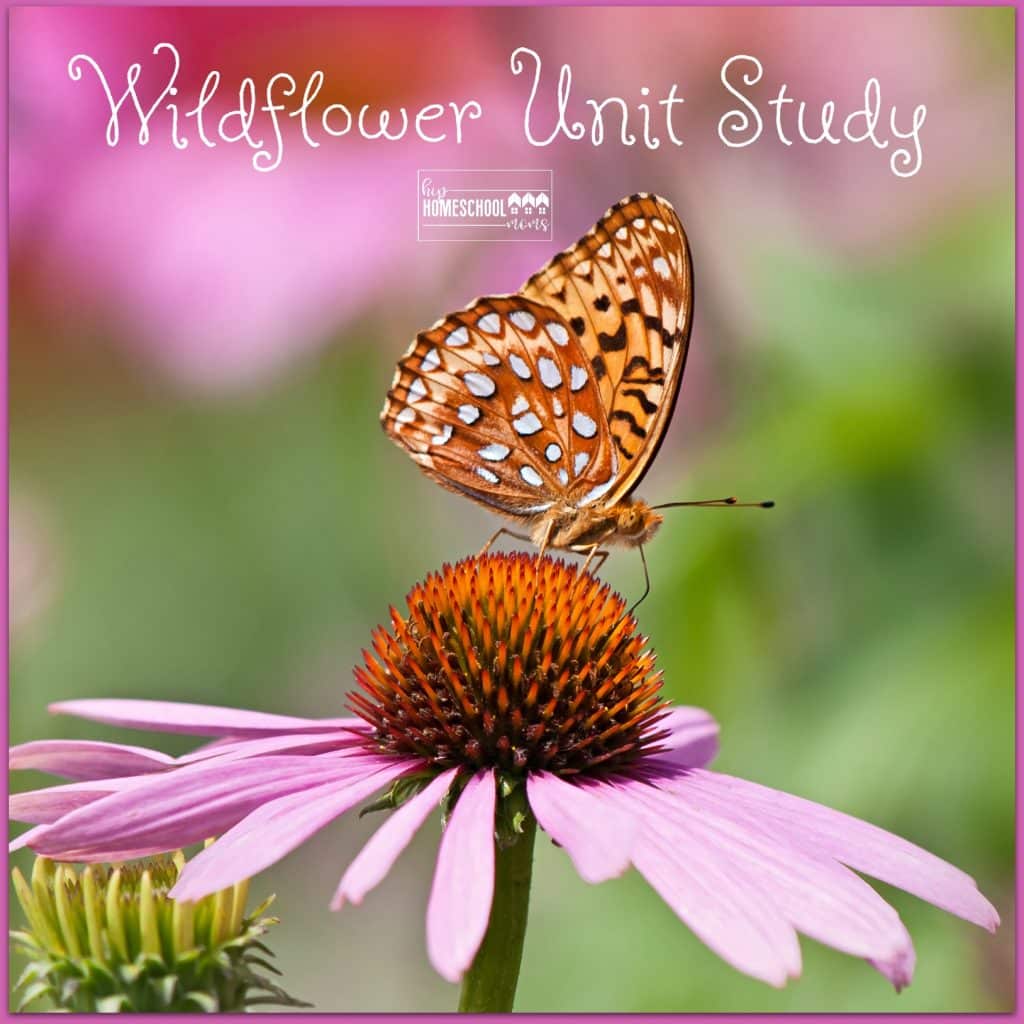
5 Steps to a Wonderful Wildflower Unit Study:
Don’t have a clue how to do a nature unit study? You can make your study a success just by following these 5 simple steps. You really don’t need to buy expensive programs. Just keep it simple and enjoy real learning. And the best part is that these 5 steps can be applied to any nature unit study.
1. Read living books about wildflowers.

You can do this before or after the following steps. But for me, the perfect starting point is reading a great living book on wildflowers to inspire and get your child interested. We’ve read some of these books and some we have not. Many are older books that have wonderful living book qualities. If I haven’t read them, I previewed them quite a bit and they all look so wonderful that I can recommend each and every one of these books to compliment a wildflower nature study:
-
-
- Wildflowers, Blooms & Blossoms (Take Along Guides)
- The Reason for a Flower: A Book About Flowers, Pollen, and Seeds (Explore!)
- Jack’s Garden
- Miss Lady Bird’s Wildflowers: How a First Lady Changed America
- Bloomin’ Tales: Seven Favorite Wildflower Legends
- The Legend of the Bluebonnet
- The Legend of the Indian Paintbrush
- Wildflower ABC: An Alphabet of Potato Prints
- Flowers by Number (The Little Naturalist Series)
- Traveller’s Joy
Miss Rumphius
- Wildflowers, Blooms & Blossoms (Take Along Guides)
-
Two field guides I have used and can recommend are Flower Finder (Nature Study Guides) and Wildflowers (Golden Guide)
. And for those of you who are very serious about nature study, Handbook of Nature Study
by Anna Botsford Comstock is an excellent resource. It will to guide you through complete nature studies on numerous topics. She includes chapters on wildflowers such as milkweed and violets.
2. Explore
Find a good spot where wildflowers are growing. We took frequent hikes on the Konza Prairie which is an excellent location to study wildflowers as well as many other plants and animals. Finding a spot to visit regularly that is near by is the best strategy. The closer to home the better; it will be a convenient place to visit anytime. Visiting the same place on a regular basis is best because you can:
- Observe changes in plants and animals from season to season.
- Get to know your own area and its ecology.
- Study specimens in more depth becoming experts on the species in your area.
- Learn over time the effects weather conditions and environmental changes have on a species.
3. Observe
Wildflowers are easier to identify if you know what you are looking for. Most of the time the up-close parts of a flower can clue you into what you are discovering while from far off it would be very easy to mix them up because there are so many different species–sometimes even of the same common name. For example, there are about 60-70 species of columbine alone and 60 species of sunflowers! Even when you can’t be exact about the flower you are trying to identify, answering these simple questions will get you on the right track and narrow it down to a few species in a specific family or genus. Be purposeful in your mental notes and observation while out in the field and ask yourself:
- What color is it?
- What general shape?
- How many petals does it have and what type are they?
- What type of stem, leaf arrangement, leaf type and shape does it have?
- What is its location?
4. Record/Sketch
Jot down your observations while in the field. Then make a sketch. You and your child can do this in notebooks, with wildflower notebooking pages, or a journal. Be specific. Make sure to include the answers to the questions above, the date, temperature, or an other helpful information. What butterflies or other wildlife are attracted? I also find that taking photographs is especially helpful in capturing what you see. If it can’t be identified in the field, you can identify it later during the research phase!
5. Research & Report
There are a few ways to have your child report his/her findings. My older children were exceptionally good at both drawing and writing. It was their gift and not a struggle, so we normally journaled everything and did sketches. It was a wonderful method for hands-on learning for them, and it made a wonderful record of our homeschooling.
But my youngest child has other strengths, and it’s easier for him to fill in a notebook page rather than write or draw everything all the time. It was he who got me into creating wonderful nature printables for homeschoolers. So for wildflowers I created some pages also. I learned a lot myself while creating them.
These are only a few of the many wildflowers you may find in your location. But you can use them for similar flowers in the same families, and it’s a great way for your child to understand the classifications and that they are related. In the wildflower unit study included here, there are pages included for many different kinds of wildflowers, and there are also 9 blank pages included in the pack for wildflowers we didn’t identify. And this pack is only $1.99 right now!


